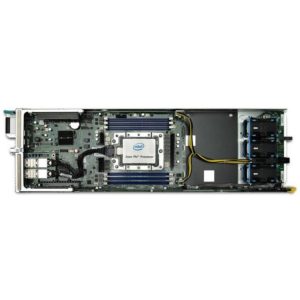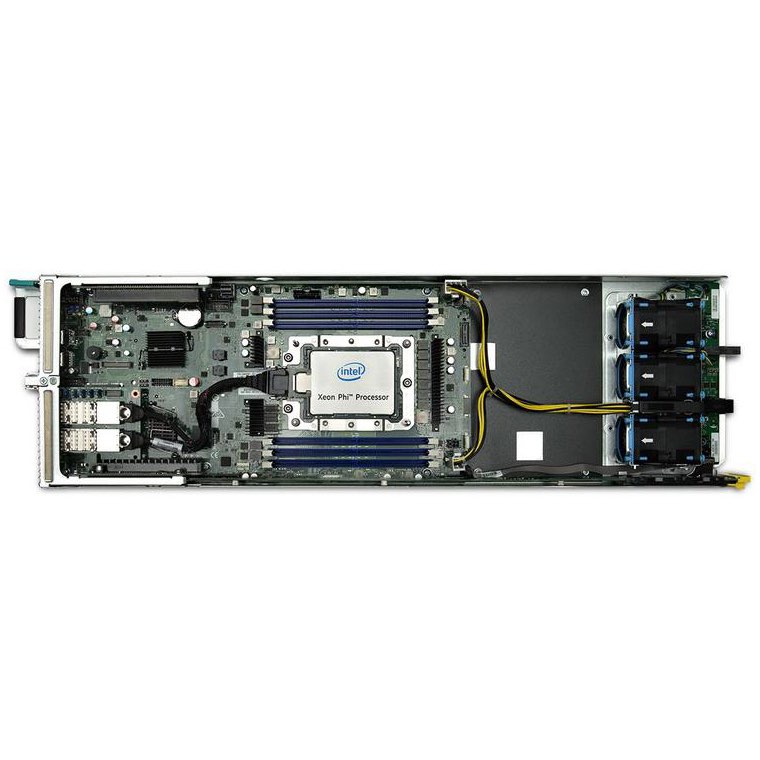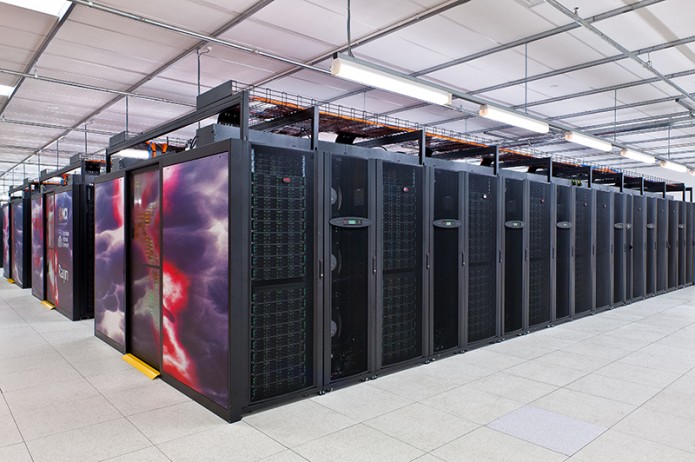 The National Computational Infrastructure in Canberra, Australia’s national advanced computing facility, is the first Australian institution to deploy the latest generation of Intel Xeon Phi processors, formerly code named Knights Landing.
The National Computational Infrastructure in Canberra, Australia’s national advanced computing facility, is the first Australian institution to deploy the latest generation of Intel Xeon Phi processors, formerly code named Knights Landing.
NCI is leading efforts in the scientific community to tune applications for Intel Xeon Phi processors,” explains Dr Muhammad Atif, NCI’s HPC Systems and Cloud Services Manager. “We have identified a large number of applications that will benefit from this hardware and software paradigm, including those applications in the domains of computational physics, computational chemistry and climate research.”
As of early this month, thirty-two Intel Xeon Phi processors are online and available to researchers at NCI, following the institution’s inclusion in Intel’s early ship program. The new processors, integrated in advanced systems from hardware vendor SGI, place NCI at the leading edge of high performance computing in Australia, and represent a significant step towards exascale computation.
Early benchmarks of the latest Intel Xeon Phi processors at NCI have already produced very promising results, with some codes seeing a twofold increase in computational performance when compared against NCI’s existing suite of systems based on the Intel Xeon processor E5-2600 product family.
This increase in computational capacity will provide immediate benefits for researchers using NCI’s supercomputer Raijin. More than 4,000 Australian researchers from 31 universities, five science agencies, several medical research institutes and a number of industries currently rely on NCI for world-class high-performance computing, high-performance data and cloud computing services.
As our customers continue to push the limits of supercomputing, we support them by enabling the appropriate architectures to address their needs,” said Gabriel Broner, vice president and general manager of high performance computing at SGI. “With this new system at NCI, researchers across Australia will benefit from the latest accelerated computing capabilities to truly advance science.”
To unlock the full potential of Intel Xeon Phi processors, the Services and Technologies team at NCI has already begun the task of tuning applications to take advantage of these new processors. It is expected that highly parallel applications will benefit the most from the extra computational power of the processors.
Intel Xeon Phi processors feature the second generation of Intel’s Many Integrated Core (MIC) architecture. Each processor features integrated on-package memory for higher memory bandwidth and include up to 72 cores based on the Intel x86 architecture.
While the exascale barrier remains just out of reach, NCI is committed on its path towards this computational landmark by continuing to acquire the most advanced computing hardware available for the benefit of Australian scientific discovery.
NCI is one of the most influential institutions using advanced high-performance computing in Australia,” said Barry Davis, general manager, Accelerated Workloads Group at Intel. “They are a critical part of delivering the latest computational infrastructure solutions to the Australian research community, so it was important to enable NCI with access to the powerful, highly parallel performance of the latest Intel Xeon Phi processors.”
Source: NCI





